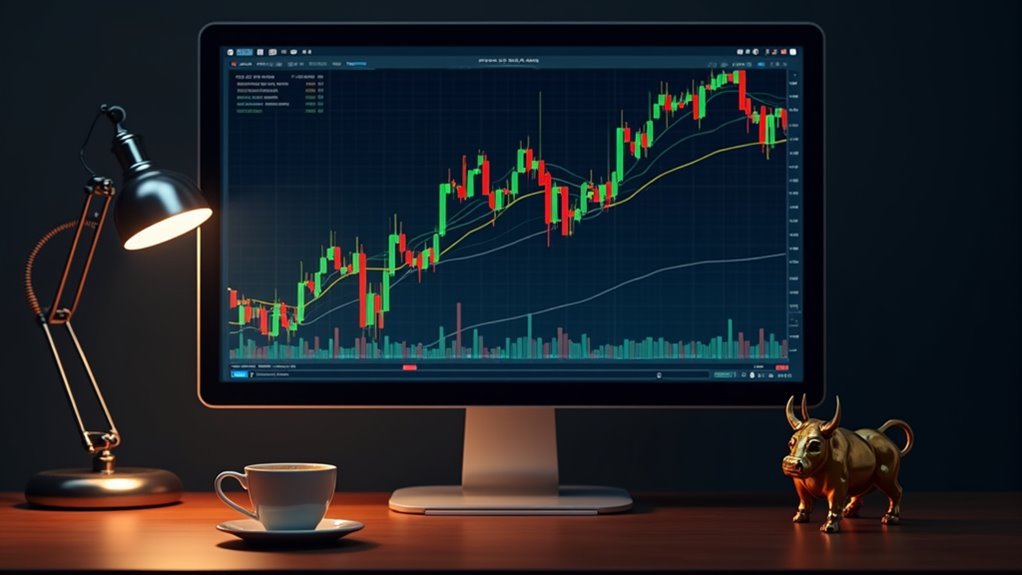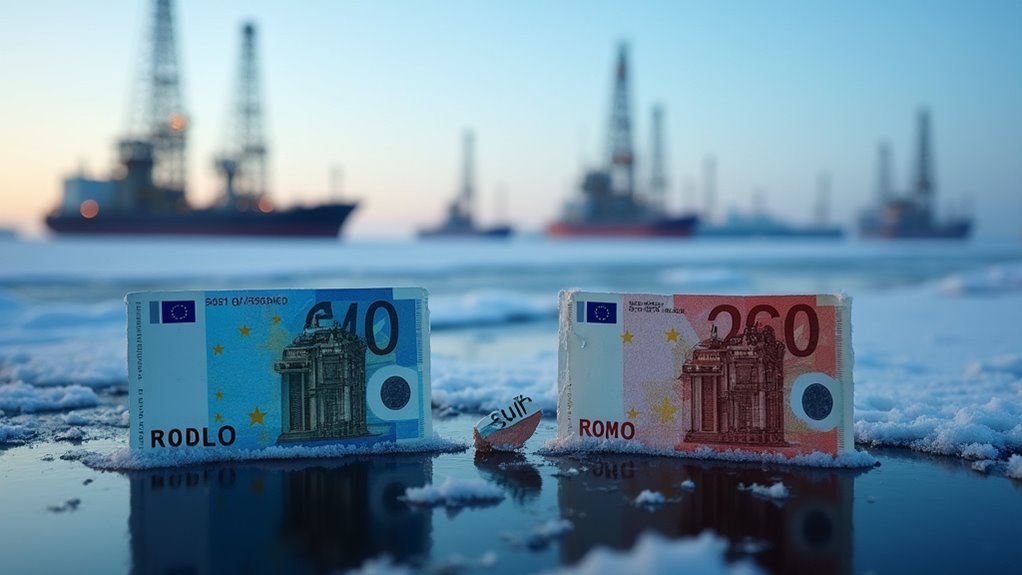While governments around the world keep reaching for their credit cards, the numbers are getting scary. Global public debt has exploded to $92 trillion, quadrupling since 2000. That’s not a typo. The U.S. alone owes a mind-boggling $36.22 trillion, with its debt-to-GDP ratio hitting 122.30% in 2023. It’s like watching someone max out their credit cards while applying for new ones.
The reasons behind this borrowing binge are depressingly predictable. Aging populations need more healthcare and retirement benefits. Medicare and Medicaid costs keep soaring. And here’s the kicker: governments are now spending enormous chunks of money just paying interest on their existing debt. Federal spending is expected to surge from 23.1% to 27.3% of GDP by 2054. It’s a financial snake eating its own tail.
Endless borrowing to pay for endless borrowing – a fiscal ouroboros consuming itself through compounding interest and aging demographics.
The consequences? They’re not pretty. Interest payments are now the fastest-growing item in many government budgets. In fact, 55 countries spent more than 10% of their public revenues just servicing debt in 2020. Some regions are actually spending more on debt payments than on education or healthcare. Net interest payments reached $847 billion in 2023. Let that sink in for a moment.
It gets worse. Developing countries now owe almost 30% of global public debt, with China, India, and Brazil leading the pack. The number of countries in debt distress has skyrocketed since 2011, from 22 to 59. Meanwhile, the U.S. government is spending $2 out of every $10 of GDP, often on programs it can’t easily cut. Similar to investment portfolios using dollar-cost averaging, governments need strategies to mitigate their financial risks.
The solution? Well, that’s the trillion-dollar question. The UN has proposed a roadmap to address the global debt burden, but good luck with that.
Governments are stuck in a vicious cycle: they need to reduce debt but can’t cut essential services. They’re like dieters at an all-you-can-eat buffet – they know they should stop, but they just keep going back for more.
And with crises like COVID-19 and climate change demanding even more spending, this debt feast shows no signs of ending.








